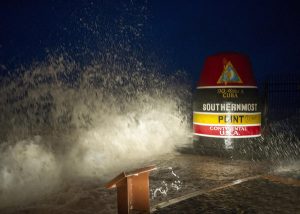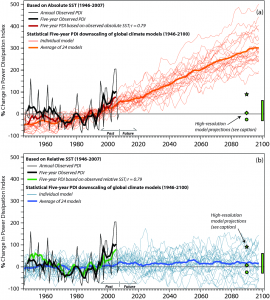Last year I wrote a post about the built in resilience in the Florida keys as an example of the larger issue of resilience in business. At the time, the Keys had not experienced a major storm since 2005 but of course Hurricane Irma has forced everyone to come to terms with just how prepared they were.
3 Hurricanes
Harvey was a category 4 Hurricane came North West across the Yucatan Penninsula and made landfall in Texas on August 24th causing 71 deaths and an estimated $ 70 – 200 billion in damages in Texas and Louisiana.

Irma is a category 5 hurricane and has already devastated the island of Barbudos (not Barbados) caused extreme damage in Cuba and is making landfall in Florida as I write this blog on Sunday night. Miami residents have been urged to stay in doors and even though the eye of the storm appears to be veering north toward Tampa, the whole state will get extreme winds rain and storm surges. Like many people we are tracking the storm and staying in close touch with friends and family who lie in its path. It will take weeks to assess the damage in lives and property.
Jose is another category 4 storm and has fortunately stayed East and North of the Caribbean islands its has been threatening.
Climate Change?
The three storms have re-opened the debate about to what degree such major weather events, as they are called by specialists, are evidence of climate change and to what degree they are simply part of natural weather cycles.
 Like so many topics in today’s extremely polarized political climate, this issue has writers and scientists on both sides claiming certainty and normal citizens are left deciding who to trust and what to believe.
Like so many topics in today’s extremely polarized political climate, this issue has writers and scientists on both sides claiming certainty and normal citizens are left deciding who to trust and what to believe.
The essentially logic is that slightly higher water temperatures should provide more energy to storms and thus increase the number of such powerful storms. The record shows that water temperatures are higher and they are more such storms than ever which many believe confirms that we are already living with the impact of climate change. Irma is likely to be the most severe hurricane ever.
Many scientists, politicians, activists and some Business School professors believe that the world will face more of these events in the future and the right response is to do everything we can to transition to a low carbon economy at the same time as we build up the resilience of our coastal defenses.
Others say that there have been terrible storms in the past and the main reason these storms cause so much damage is that we have developed the coastline and built expensive houses and building on the shore.
The same debate erupted when Hurricane Sandy hit New York in 2012.
Better take action
 Nicholas (Lord) Stern made a review of the economics of climate change for the government of the United Kingdom in 2006. The 700 page report makes the case that the overall cost of taking action on the climate will be far less than living with the consequences and this and other similar studies is the logic behind the Paris agreement on the climate which was reached last year.
Nicholas (Lord) Stern made a review of the economics of climate change for the government of the United Kingdom in 2006. The 700 page report makes the case that the overall cost of taking action on the climate will be far less than living with the consequences and this and other similar studies is the logic behind the Paris agreement on the climate which was reached last year.
In my view the key question is not to whether we should wait until we have absolute scientific evidence that climate change is causing these storms and other problems but shouldn’t we take action just in case its true?
Last year Florida voted for a man who thinks climate change is a hoax. Whatever their causes, Harvey, Irma and Jose are very, very real.

